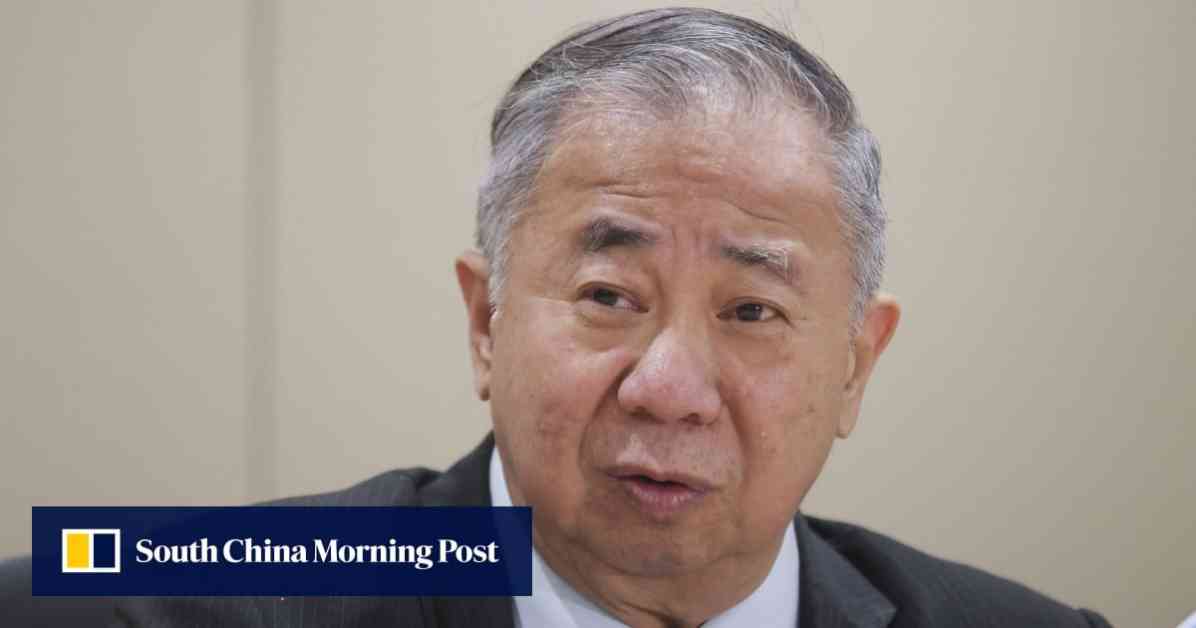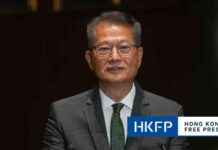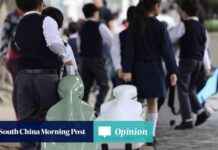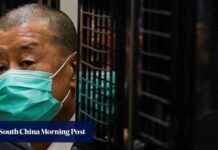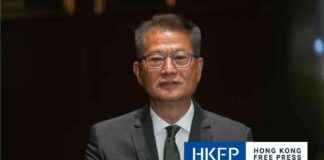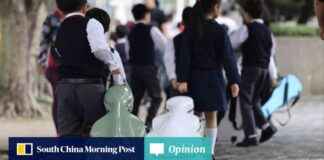City University of Hong Kong President, Freddy Boey, recently stated that the institution is prepared to withstand a funding cut of approximately 3 to 5 percent from the Hong Kong government over the next three years. However, Boey emphasized the importance of avoiding drastic reductions, as they could impede the university’s long-term development.
In a candid discussion on Thursday, Boey expressed the university’s commitment to avoiding staff layoffs in response to potential funding cuts. Instead, CityU plans to prioritize a digitalization program aimed at improving operational efficiency. Boey underscored the significance of striking a balance between fiscal responsibility and sustaining the university’s academic excellence.
Acknowledging the financial challenges faced by institutions globally, Boey highlighted that universities in the United Kingdom and Australia were also grappling with reduced funding. This shared predicament underscores the need for strategic planning and innovative solutions to navigate the evolving landscape of higher education.
As the specter of funding cuts looms over the educational sector, Boey urged for a measured approach to budget reductions in the upcoming triennium spanning the academic years 2025-2028. He emphasized the university’s readiness to adapt and innovate in response to financial constraints, while striving to maintain the quality of education and research initiatives.
Challenges and Opportunities in Higher Education Funding
The discourse surrounding university funding cuts extends beyond City University of Hong Kong, reflecting a broader trend in the global academic sphere. With education minister Christine Choi Yuk-lin signaling impending reductions in university funding amid a substantial government deficit, institutions are compelled to recalibrate their financial strategies to sustain operations.
Expert voices in the higher education sector underscore the dual imperative of financial prudence and strategic investment in the wake of funding uncertainties. Drastic cuts could undermine the core mission of universities, jeopardizing research endeavors, student support services, and academic programs. As universities navigate this delicate balance, collaborative efforts between academic leaders, policymakers, and stakeholders are essential to chart a sustainable path forward.
Adapting to a Changing Landscape: The Imperative of Innovation
Amidst the fiscal challenges posed by funding cuts, universities are compelled to embrace innovation and digital transformation as catalysts for operational efficiency and academic resilience. City University of Hong Kong’s emphasis on a digitalization program underscores the institution’s proactive stance in leveraging technology to streamline administrative processes and enhance teaching and learning experiences.
Innovation in higher education extends beyond technological advancements to encompass strategic partnerships, interdisciplinary collaborations, and novel approaches to curriculum design. By fostering a culture of innovation and adaptability, universities can position themselves as agile institutions capable of weathering financial uncertainties and driving positive change within the academic landscape.
As universities navigate the complexities of funding cuts and financial constraints, the imperative of fostering a culture of resilience, innovation, and collaboration emerges as a guiding principle for sustainable growth and academic excellence. By embracing these values and forging strategic partnerships, institutions can navigate the evolving terrain of higher education with resilience and adaptability.
The head of City University (CityU) has stated that the institution is prepared to withstand a funding cut of 3 to 5 percent from the Hong Kong government over the next three years. Freddy Boey, president of CityU, emphasized the importance of avoiding drastic reductions to sustain long-term development. Boey highlighted the need for innovative solutions to navigate financial challenges while maintaining academic excellence in a changing higher education landscape.
